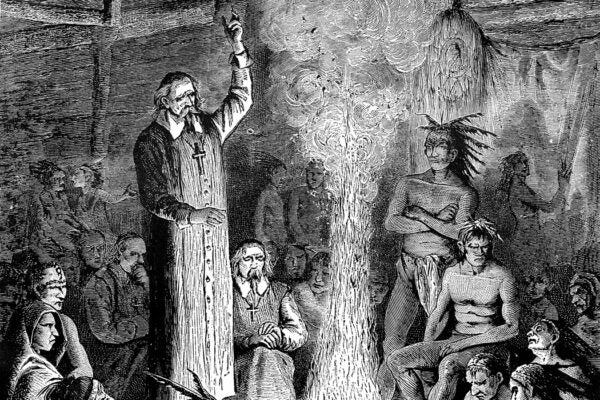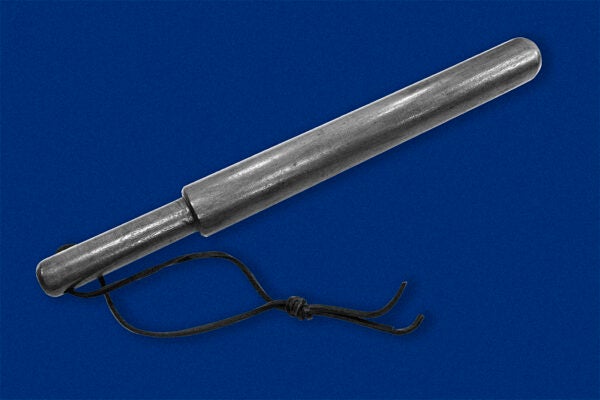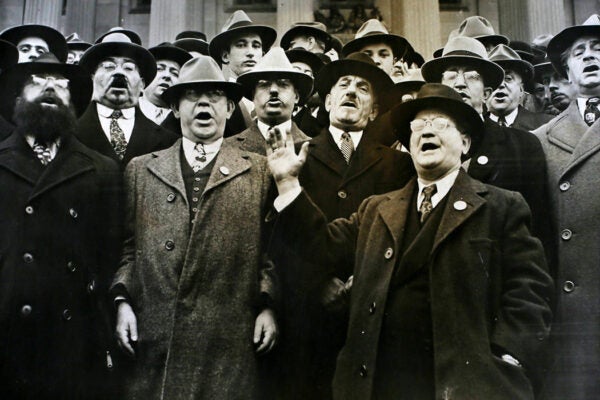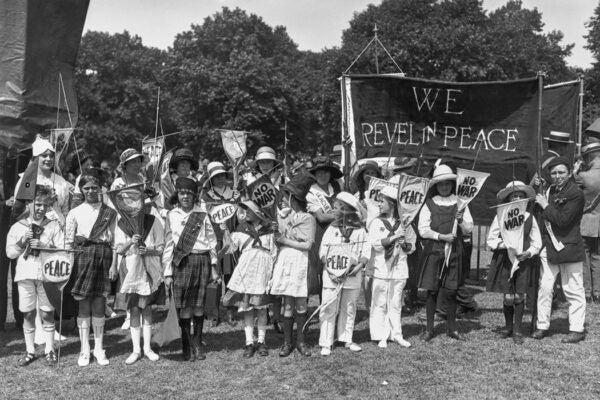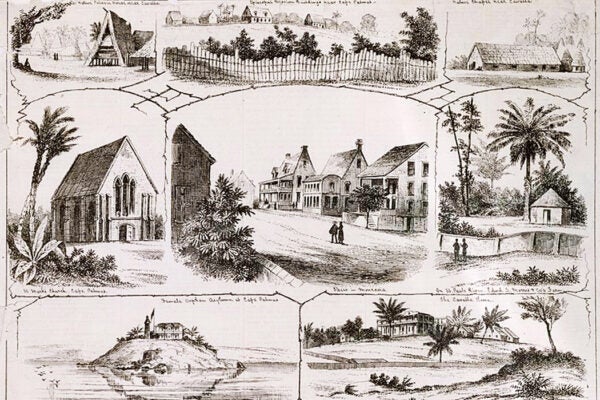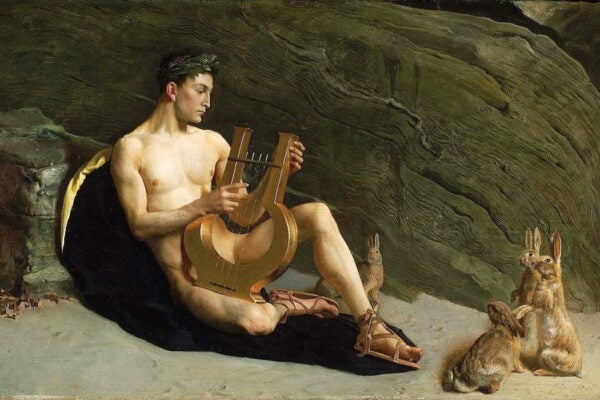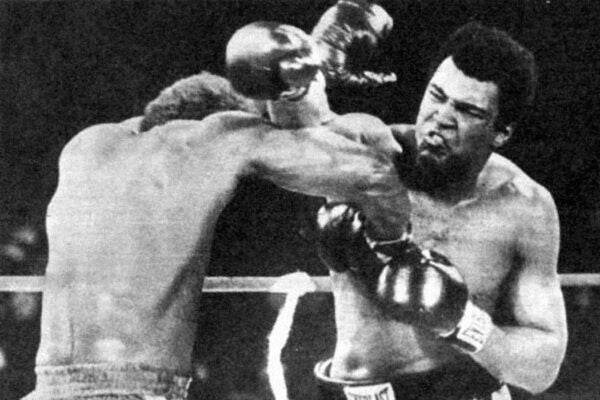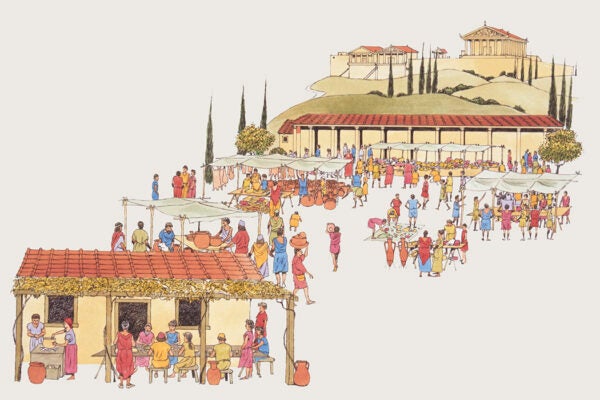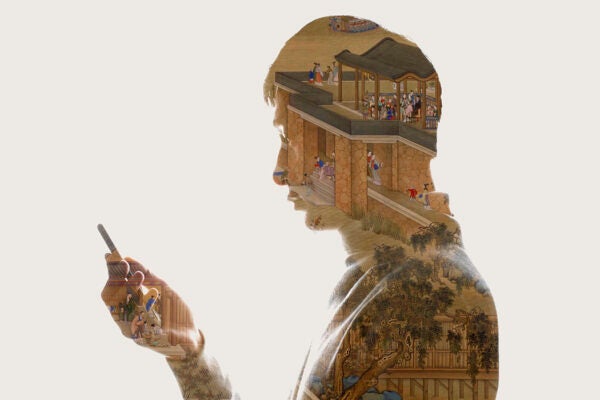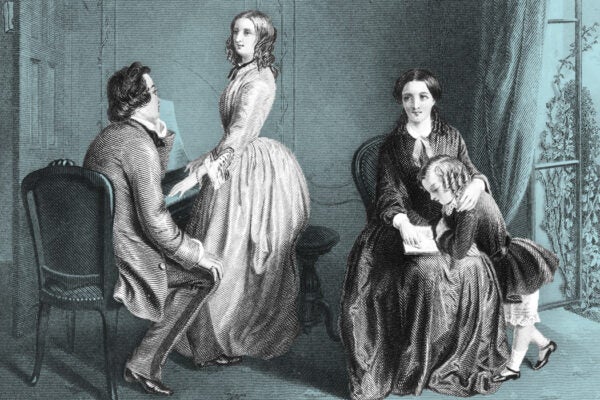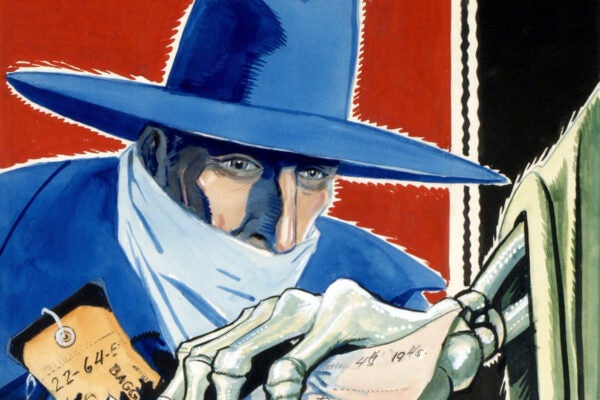Making Scents of Jesuit Missionary Work
The use of sensory stimulants like incense gave Jesuits a common framework with the North American nations they encountered on missionary trips.
The Anti-Sex-Trafficking Vigilantes Next Door
A fear of rampant sex-trafficking in American cities sparked a new wave of civilian vigilante activity in the early twenty-first century.
How IBM Took Europe
After World War II, IBM worked to influence the new balance of power by locating facilities for the production of its electric typewriter across Europe.
How Al Capone Made Greyhound Racing Great
In the 1920s, Chicago became the greyhound racing capital of the country, thanks in part to the power of mobsters like Capone, who was a big fan.
A Village Responds to Disaster
When a tsunami struck American Samoa in 2009, the key to a swift response was Indigenous institutions that drew on local knowledge and community training.
The Rise of Police Torture in New Orleans
Even as crime rates dropped in the 1930s, the police of New Orleans stepped up their use of torture to obtain confessions from Black Americans accused of crimes.
Jews vs. the “Judeo-Christian Tradition”
Since the 1930s, the idea of a “Judeo-Christian tradition” has been used in American politics, but some Jews have always taken issue with the entire concept.
How to Be a British Villain
In classic British detective stories, villains might be atavistic monsters, foreign menaces, or conniving professionals—all tied to aristocrats’ anxieties.
Teaching Peace Between the Wars
In the years between the world wars, the League of Nations attempted to change how history was taught to emphasize commonalities across national lines.
When “Traditional” Religion Shakes Up Gender Roles
In The Gambia, adherents of the Tablighi Jama‘at movement believe in the segregation of men and women, which often affects gender roles in unexpected ways.
Building a New Virginia in Liberia
Black American voluntary migrants to Liberia were eager to embrace their African roots, but their vision for the country was very much an American one.
Francis Bacon’s Fables of Life Extension
In his retellings of ancient myths, Bacon called for research to extend human lifespans, but only if those longer lives were spent in the pursuit of knowledge.
New Atheism and the Trouble with Literalism
Gaining strength in the early 2000s, the New Atheism movement was fueled by a fear of Christian fundamentalism and a belief that secularism was under attack.
How Pentecostalism Shaped Rock ’n’ Roll
Early rock and roll performers, including Little Richard and Elvis, were influenced by the sounds and tropes of Pentecostal worship services.
Remembering the Rumble in the Jungle
The 1974 Rumble in the Jungle was freighted with symbolism regarding American racial politics and the pan-African struggle in the context of the Cold War.
Do All Dogs Go to Heaven?
The belief that animals cross the “Rainbow Bridge” to an afterlife is relatively new and not part of any formal theology, yet many Americans embrace it.
“Protecting Kids” from Gay Marriage
Leading up to a 2004 debate about same-sex marriage, conservatives shifted their focus away from moral issues and toward arguments about children’s welfare.
Japanese Tourists at the Dancehall
For some young, working-class Japanese men and women, Jamaican reggae clubs offer an escape from cultural norms and a way to gain currency in the music world.
Economics in Ancient Greece
The modern term “economics” comes from the Greek word “oikonomia,” but the ancient Greeks had a very different way of thinking about material life.
Writing Online Fiction in China
Many amateur “fan fiction” writers on the Chinese internet use real history as a canvas for time-travel stories that often break the fourth wall.
The Governess, in Her Own Written Words
Although few women were employed as governesses in Victorian Britain, their potential for social and class transgression left Britons awash with worry.
Monastic Chant: Praising God Out Loud
For medieval monks, chant was often a crucial part of worship, but theologians had different ideas about how the words and sounds helped evoke piety.
Reclaiming a Coal Town
When the coal business tanked in the 1930s, the company town of Pardeesville, Pennsylvania, briefly transformed itself through collective action.
Gay Radicalism, Made in Kentucky
Gay rights activist Lige Clarke embraced non-monogamy, LSD, and unconventional spirituality, tying many of his radical ideas to his upbringing in Kentucky.
What the Shadow Says
The appearance of the vigilante crime fighter known as the Shadow in the writings of Plath, Kerouac, and Baraka reveals a twentieth-century duality.

